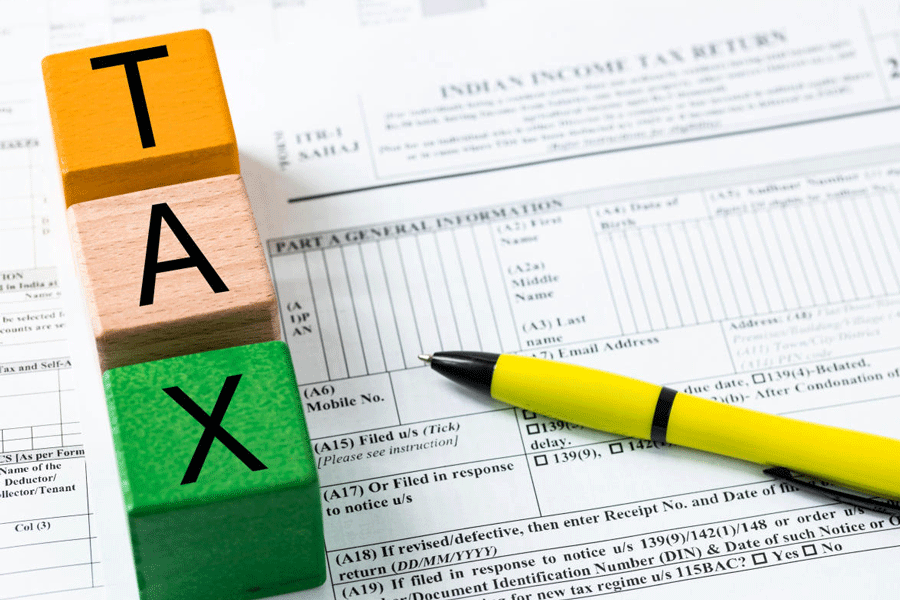The Central Board of Direct Taxes (CBDT) has notified ITR forms 1 (Sahaj) and 4 (Sugam), which are filed by individuals and entities with an annual total income of up to Rs 50 lakh for assessment year (AY) 2024-25.
July 31, 2024 is the last date to file ITR for FY 2023-24 (AY 2024-25), unless it gets extended.
ITR forms for a particular financial year are usually notified by the end of March or early April. However, last year, the income tax department notified the ITR forms for FY 2022-23 (AY 2023-24) in February 2023. This year, the ITR forms have been notified seven months before the last date for filing them.
Individuals, besides Hindu Undivided Families (HUFs), firms having income up to Rs 50 lakh and those having earnings from business and profession in the current fiscal (April 2023-March 2024) can commence filing returns for the income earned this financial year.
“The significant changes in the recently released ITR forms are the deduction under Section 80CCH (for the Agniveer plan) and the separate disclosure of cash receipt in business income. In the past, all receipts — aside from bank accounts — were disclosed collectively.
“Now, the business receipt, which might be in the form of exchange, cryptocurrency and amenities, cannot be combined with cash because of this distinct column for cash receipts. Although it’s unclear how this separate disclosure of cash receipt will be used in the future even when the taxpayer is opting for the presumed tax regime,” Om Rajpurohit, joint partner (corporate and international tax) with AMRG & Associate, said.
Sahaj can be filed by a resident individual having an income of up to Rs 50 lakh and who receives income from salary, one house property, other sources (interest) and agricultural income of up to Rs 5,000.
It cannot be filed by any individual who has taxable capital gains (short term and long term), has invested in unlisted equity shares, has income from business or profession, is a director in a company.
Sugam can be filed by individuals, HUFs and firms (other than Limited Liability Partnerships) having total income of up to Rs 50 lakh and income from business and profession which is computed on a presumptive basis u/s 44AD, 44ADA or 44AE.
ITR-4 cannot be filed by an individual, HUF, firm (other than LLP) who is a director in a company, has income from more than one house property, has deferred income tax on ESOP received from employer being an eligible start-up, is not covered under the eligibility conditions for ITR-4.
The provisional direct tax collections for the financial year 2023-24 (as of December 17) reveal a net amount of Rs 13,70,388 crore.










